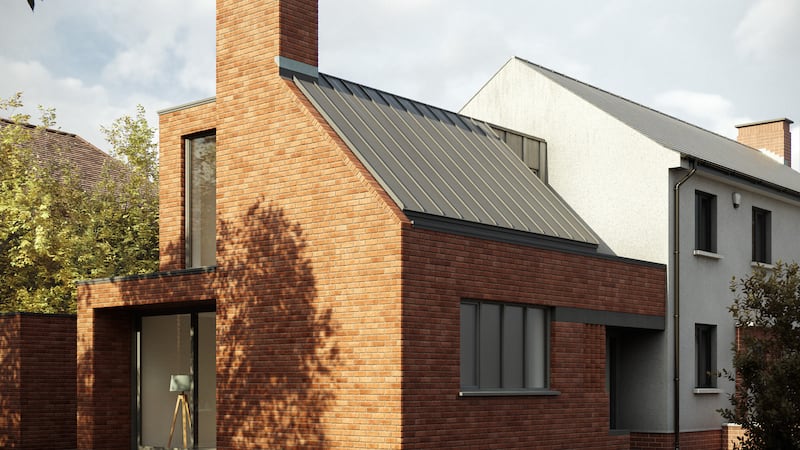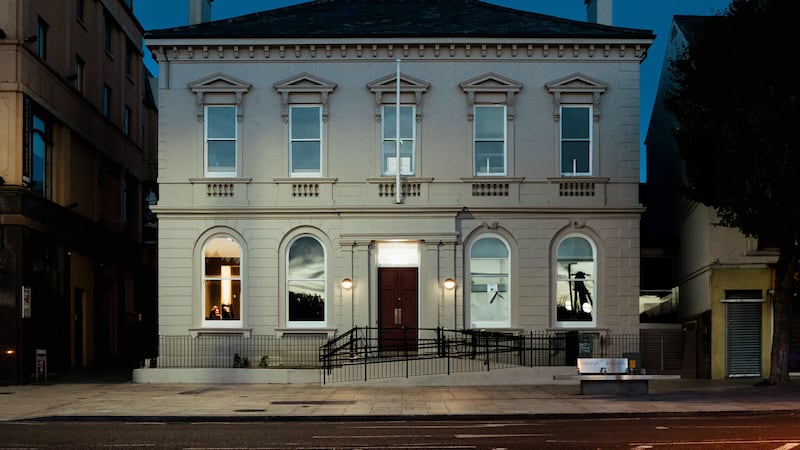Architects can help you visualise your building projects so that you get a real feel for what is possible with your space.
Architect and member of the Royal Society of Ulster Architects, Paul McCreanor Jnr of McCreanor and Co. Architects suggests how virtual reality could help you understand your design.
The luxury of virtual reality (VR) used to only exist as a commodity for the rich and famous when fitting out their bespoke Boeing 747 private jets or multi-million pound yachts. The idea of a one off home or even an extension being realistically modelled and experienced in VR was a far off prospect; but with the advancement of virtual reality headsets and the computing power of modern graphics cards this commodity has been made accessible to almost all projects.
The beauty of the virtual reality presentation is the accurate representation of scale, our clients are able to experience their buildings in 1 to 1 before a block has ever been laid, the model can be amended and moulded at no cost within VR, removing the expensive changes that happen on site.
Walls can be moved, windows can be changed, spaces can grow and shrink while the client is in the model, something akin to the matrix, the building can be tailored to the clients needs, moulded like clay with their input.
VR’s advantages as a communication tool are obvious. It gives clients an immediate understanding of a space. No abstraction is required. Dimensions become clear. Design intent becomes manifest. VR visualisations have come a long way; we are now at the level in which every detail, from the texture of upholstery to the reflection of light upon a surface, can be experienced virtually.
If a picture is worth a thousand words, virtual reality is worth a thousand pictures!
Virtual reality also has the potential to aid planners in complex planning decisions. Architectural solutions to complex environments and the architect’s intent becomes instantly recognisable once viewed in VR.
In architecture we often struggle to represent our thoughts, we assume those reading our drawings can derive the intention, we assume people can see what we see but it is an unfair assumption, as we have spent so long thinking through a proposal, every detail within the design is apparent to us instantly.
We have spent so long thinking through a design that we forget those who we are designing for cannot read our minds. That is no longer the case.
If you would like to discuss your project, more information can be found at www.rsua.org.uk or www.mccreanorandcoarchitects.com



